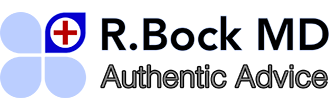

Table of ContentsThe Evolution of Evidence-Based Medicine: A Critical ExaminationThe Rise of Evidence-Based MedicineThe Hierarchy of EvidenceThe Problem with Evidence-Based MedicineCircular LogicConsensus vs. ScienceNeglect of Basic SciencesIndustry InfluenceThe Essence of Scientific MedicineThe Impact of Guidelines and the Power Play in MedicineThe Rise of GuidelinesGuidelines and Big PharmaChanging ThresholdsThe Power Play in MedicineConsolidated AuthorityImpact of MistakesCOVID-19 Response and Lessons LearnedOne-Size-Fits-AllMonoclonal Antibodies vs. VaccinesLogic and AdaptationNavigating the COVID-19 Pandemic: Uncovering Fault Lines in Medicine and GovernanceOne-Size-Fits-All MedicineThe Flaws in Pandemic ResponseThe Problem of OvermedicalizationSkepticism Towards COVID-19 VaccinesThe Questionable Efficacy of VaccinesThe Role of Governance and PoliticsThe Consequences of Fault LinesDivergent OutcomesThe Canary in the Coal MineAmerica’s Frontline PhysiciansA Voice of DissentThe Path ForwardRethinking Medicine: A Prescription for ChangeThe Medical Response to COVID-19Off-Label Drug UseOne-Size-Fits-All ApproachFinancial Conflicts of InterestMedical BureaucracyThe Role of Advocacy and Grassroots MovementsStay InformedSupport Advocacy GroupsFind a Physician Who Prioritizes YouAdvocate for TransparencyFAQs (Frequently Asked Questions)Related Articles
The Evolution of Evidence-Based Medicine: A Critical Examination
Introduction
In the world of modern medicine, the concept of evidence-based medicine (EBM) has taken center stage, shaping medical education and clinical practice. But what’s the real story behind EBM? In this article, we’ll take a deep dive into the journey of EBM, its impact on medical training, and its potential drawbacks.
The Rise of Evidence-Based Medicine
Evidence-based medicine emerged in the 1990s with a noble goal – to bring more rationality into medical practice. It aimed to blend “best practices” and “best evidence” into clinical decision-making. The idea? To enhance patient care by relying on scientific evidence instead of tradition alone.
The Hierarchy of Evidence
EBM introduced a hierarchy of evidence, like a pyramid, with randomized controlled trials (RCTs) at the top and clinical experience at the bottom. But this hierarchy raised eyebrows. Should we really devalue clinical experience, the very foundation of medicine?
The Problem with Evidence-Based Medicine
While EBM seems scientific, it’s not without its quirks:
Circular Logic
EBM can create a loop where evidence refers to evidence. Best practice depends on best evidence, which is itself determined by EBM. It’s like chasing your own tail.
Consensus vs. Science
EBM often leans on consensus within the medical community. But consensus doesn’t always equal scientific truth. It’s like saying everyone agrees the Earth is flat – that doesn’t make it true.
Neglect of Basic Sciences
EBM has led to less emphasis on basic sciences in medical education. Understanding these fundamentals is crucial for creative and critical thinking in medicine. It’s like trying to bake without knowing the basics of cooking.
Industry Influence
Critics say big pharmaceutical companies and other industry players have too much sway over medical education and practice. This could steer medicine away from true science and towards profit-driven goals. It’s like letting the fox guard the henhouse.
The Essence of Scientific Medicine
Scientific medicine is about diagnosing and treating patients based on experience and reasoning. While guidelines and evidence have their place, they should complement, not replace, a clinician’s judgment. It’s like having a recipe but still adding your secret ingredient.
Conclusion
Evidence-based medicine has made valuable contributions to modern healthcare, but it has its limits. Let’s not reduce medicine to checkboxes and guidelines. The real art of medicine lies in blending clinical experien…
Discover more from Randy Bock MD PC
Subscribe to get the latest posts sent to your email.























